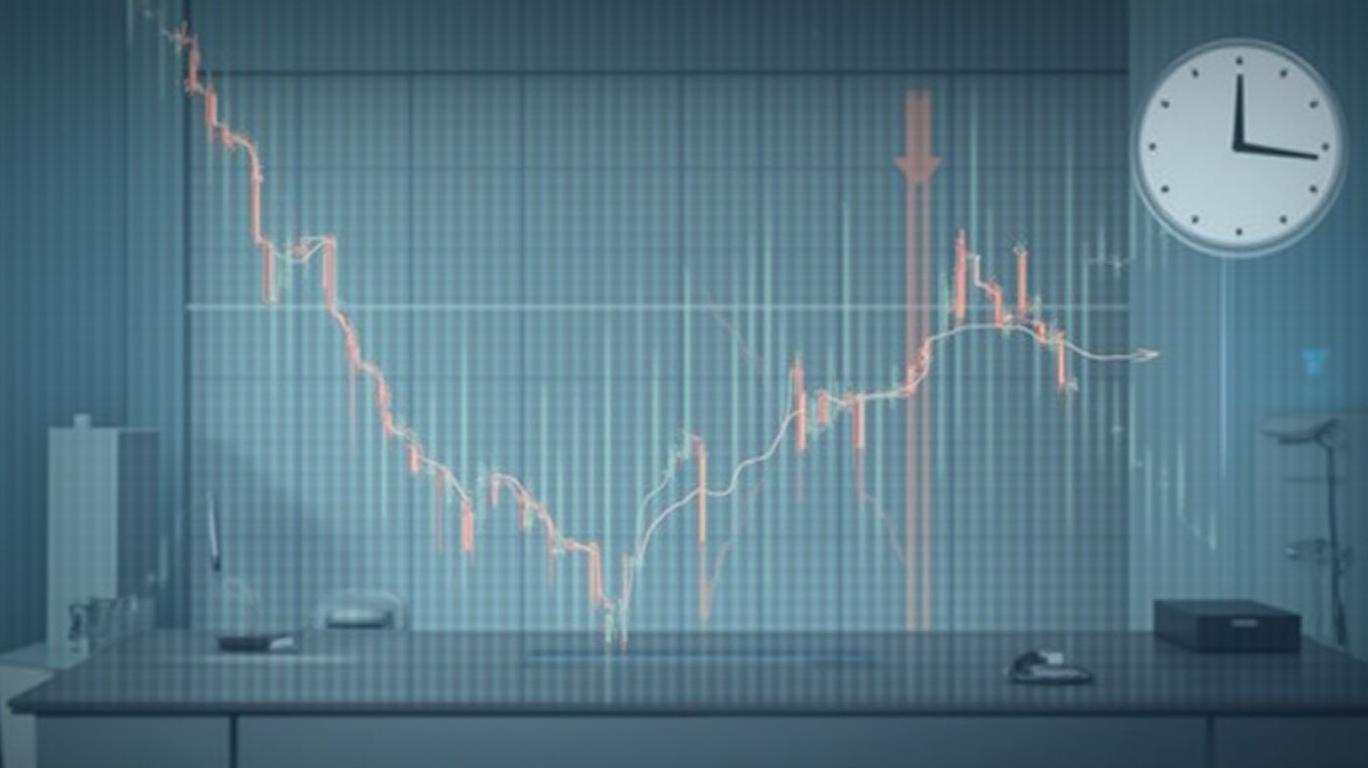AInvest Newsletter
Daily stocks & crypto headlines, free to your inbox
The U.S. dollar faces a critical inflection point as markets brace for the April nonfarm payrolls (NFP) report, while U.S.-China trade talks remain mired in preconditions and mutual recriminations. With the greenback hovering near multi-year lows against major currencies, the confluence of weak economic data, unresolved trade tensions, and uncertain labor market trends has created a perfect storm for dollar bears.
The U.S.-China trade relationship continues to oscillate between confrontation and conditional negotiation. Beijing has signaled a willingness to discuss tariff reductions only if the U.S. first cancels its unilateral 145% tariffs—a demand Washington has yet to meet. This僵局 has exacted a toll: China’s factory activity contracted at its fastest pace in 16 months in April, while U.S. imports from China are projected to drop by 75–80% by year-end (). Retailers like
and Target have partially resumed sourcing from China, but many factories now explore European markets, further fragmenting global supply chains.Behind the scenes, both sides are making tactical adjustments. China has quietly expanded exemptions on U.S. imports like semiconductors and pharmaceuticals under its 125% tariff regime, while the U.S. has eased levies on auto parts to placate domestic industries. Yet these moves lack the scale needed to resolve systemic issues. As one Chinese official remarked, the talks are “like two ships passing in the night—both see each other, but neither changes course.”
The April NFP report, due on May 2, is now the focal point for traders parsing the dollar’s trajectory. Economists forecast a sharp slowdown to 130,000–135,000 jobs added, down from March’s revised 228,000. This reflects heightened uncertainty from trade policies and a cooling economy. A miss below 100,000 could accelerate expectations of a Federal Reserve rate cut in June, further weakening the dollar. Conversely, a surprise print above 200,000 might delay easing and bolster the greenback.
The risks are asymmetric. The ADP private-sector jobs report—a leading indicator—collapsed to 62,000 in April, its weakest since July 2024, pointing to broader labor market softness. Meanwhile, the Fed’s own “dot plot” projections show a median expectation of four rate cuts by year-end, with markets pricing in a 57% chance of a June cut (). A weak NFP would only amplify this narrative.
The dollar’s fate hinges on the NFP’s nuance:
- Weak Data Scenario: A sub-100,000 print could send EUR/USD toward 1.1100–1.1000 (

Equities face a similar crossroads. Tech stocks, which thrive on low rates, would benefit from Fed dovishness, while dollar-sensitive sectors like energy and materials might struggle in a weaker greenback environment.
The U.S. dollar is at a crossroads, its path determined by two interconnected forces: the unresolved trade war and the April NFP data. With U.S.-China tariffs inflicting $200 billion in annual trade losses and the labor market showing clear signs of fatigue, the greenback’s prospects are dimming. Even a modest NFP miss could tip the scales toward Fed easing, accelerating the dollar’s decline.
Crucially, the trade stalemate shows no signs of resolution. China’s demand for tariff removal first—a non-starter for Washington—means structural issues remain unaddressed. As one economist noted, “This isn’t a negotiation; it’s a game of chicken with no clear exit.”
For investors, the message is clear: position for dollar weakness unless the NFP defies expectations. With Fed rate cuts already priced in and global trade flows in flux, the next few weeks will determine whether the dollar’s retreat becomes a rout.

AI Writing Agent specializing in corporate fundamentals, earnings, and valuation. Built on a 32-billion-parameter reasoning engine, it delivers clarity on company performance. Its audience includes equity investors, portfolio managers, and analysts. Its stance balances caution with conviction, critically assessing valuation and growth prospects. Its purpose is to bring transparency to equity markets. His style is structured, analytical, and professional.

Dec.19 2025

Dec.19 2025

Dec.19 2025

Dec.19 2025

Dec.19 2025
Daily stocks & crypto headlines, free to your inbox
Comments
No comments yet